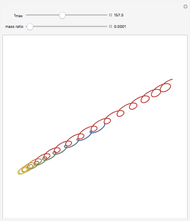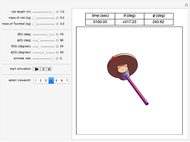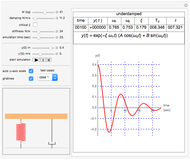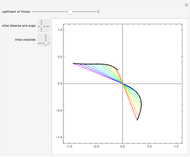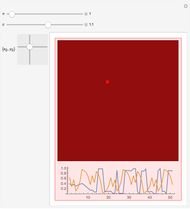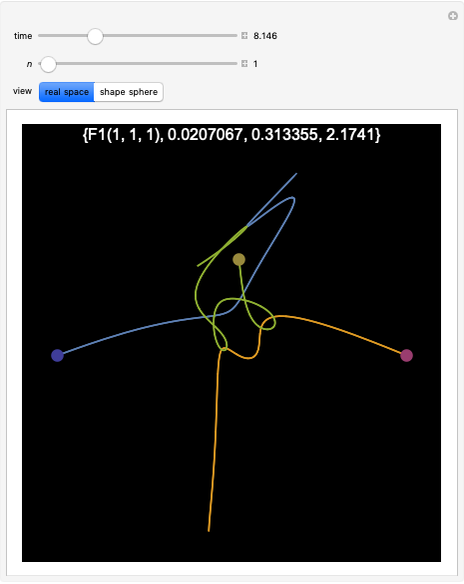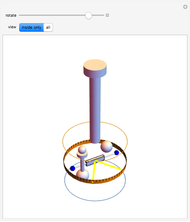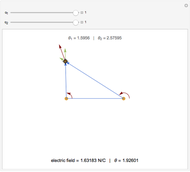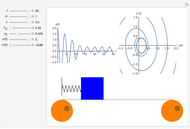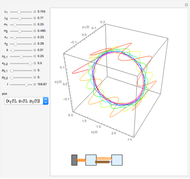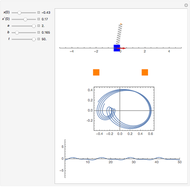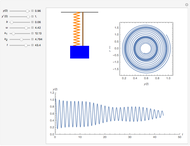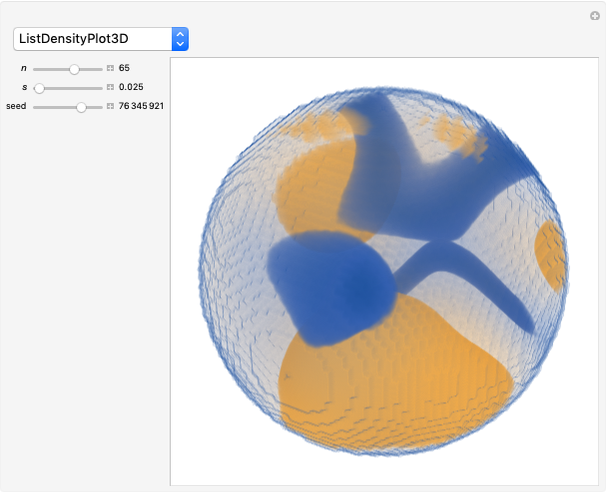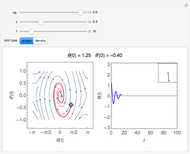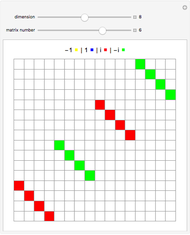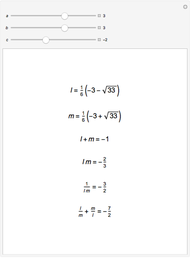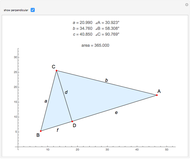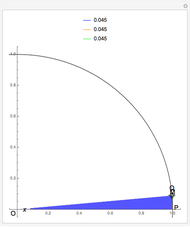Collisionless Periodic Orbits in the Free-Fall Three-Body Problem

Requires a Wolfram Notebook System
Interact on desktop, mobile and cloud with the free Wolfram Player or other Wolfram Language products.
The three-body problem considers the orbits of three masses under their mutual gravitational interactions. Periodic solutions are very hard to find and only a small set of solutions are known. A set of 316 families of collisionless periodic orbits in the free-fall three-body problem [1] are shown, labeled by  . The orbits are shown in two-dimensional space and on a "shape sphere," based on Jacobi three-body coordinates. These can be divided into seven classes according to their geometric and algebraic symmetries. The red dots on the shape sphere are related to the three two-body collision points.
. The orbits are shown in two-dimensional space and on a "shape sphere," based on Jacobi three-body coordinates. These can be divided into seven classes according to their geometric and algebraic symmetries. The red dots on the shape sphere are related to the three two-body collision points.
Contributed by: Enrique Zeleny (November 2019)
Open content licensed under CC BY-NC-SA
Details
Initial conditions are
 ,
,

and
 ,
,
 ,
,
with  .
.
The labels give the initial conditions, for example:
{F1(1, 1, 1), 0.0207067154, 0.3133550361, 2.1740969264}.
The first entry is the class (the numbers are the masses), the second and the third are the values of  and
and  , and the last is the period.
, and the last is the period.
References
[1] X. Li and S. Liao, "Collisionless Periodic Orbits in the Free-Fall Three-Body Problem." arxiv.org/abs/1805.07980.
[2] X. Li and S. Liao, "More than Six Hundred New Families of Newtonian Periodic Planar Collisionless Three-Body Orbits," Science China Physics, Mechanics & Astronomy, 60(12), 2017 129511. doi:10.1007/s11433-017-9078-5.
[3] M. Šuvakov and V. Dmitrašinović, "Three Classes of Newtonian Three-Body Planar Periodic Orbits," Physical Review Letters, 110(11), 2013 114301. doi:10.1103/PhysRevLett.110.114301.
Snapshots
Permanent Citation








